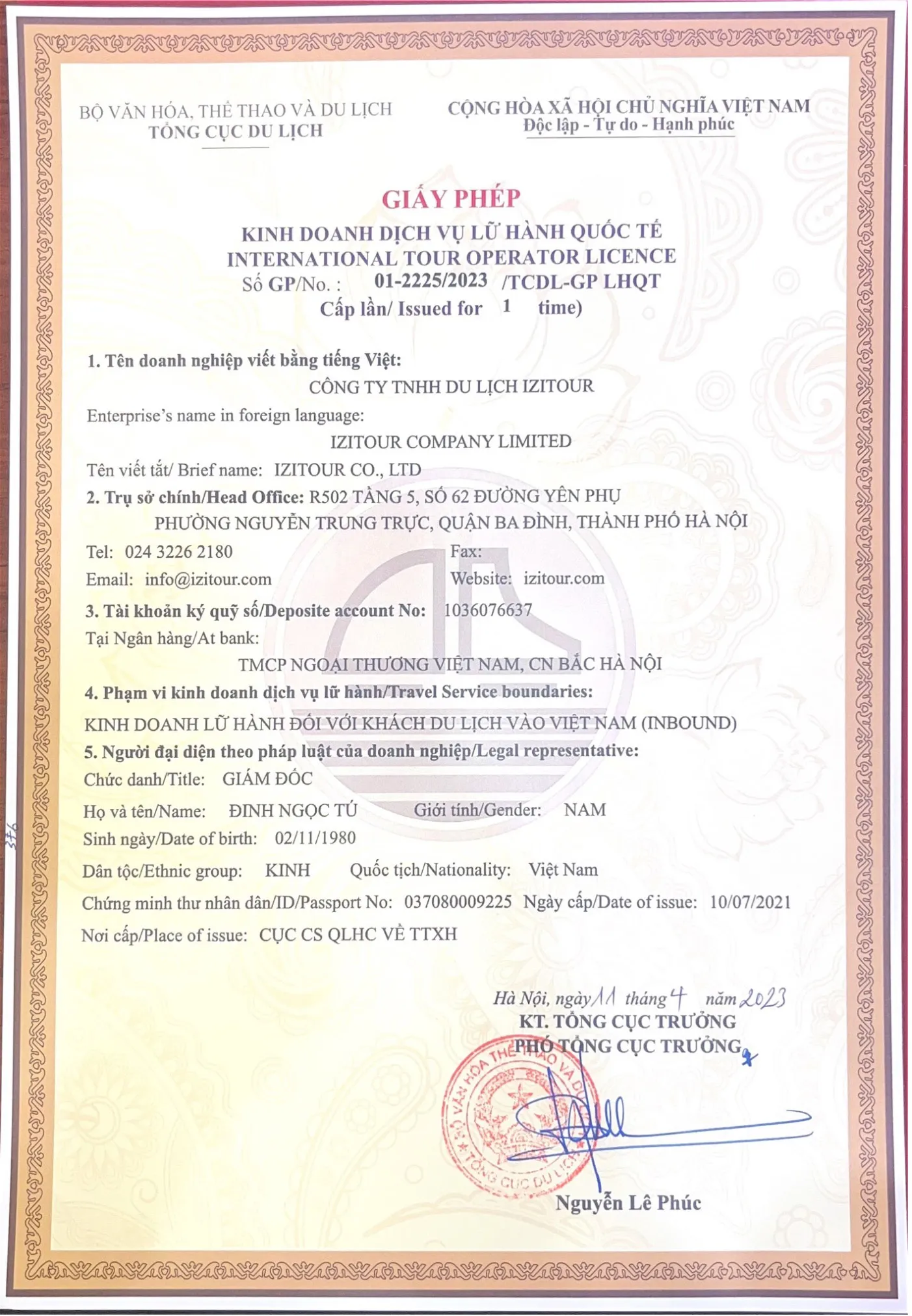In 2025, Vietnam has undertaken one of the most significant administrative reforms in its history, consolidating its provincial-level units from 63 down to 34 through extensive mergers. This nationwide restructuring is designed to simplify governance, strengthen regional links, and drive economic growth. For visitors planning a trip to Vietnam in 2025 and later, these changes will reshape the way you explore the country. This article serves as your complete guide to Vietnam’s province mergers in 2025, outlining what has changed, why it matters, and how it will affect your travel experience.
1. Overview of Vietnam's new administrative map
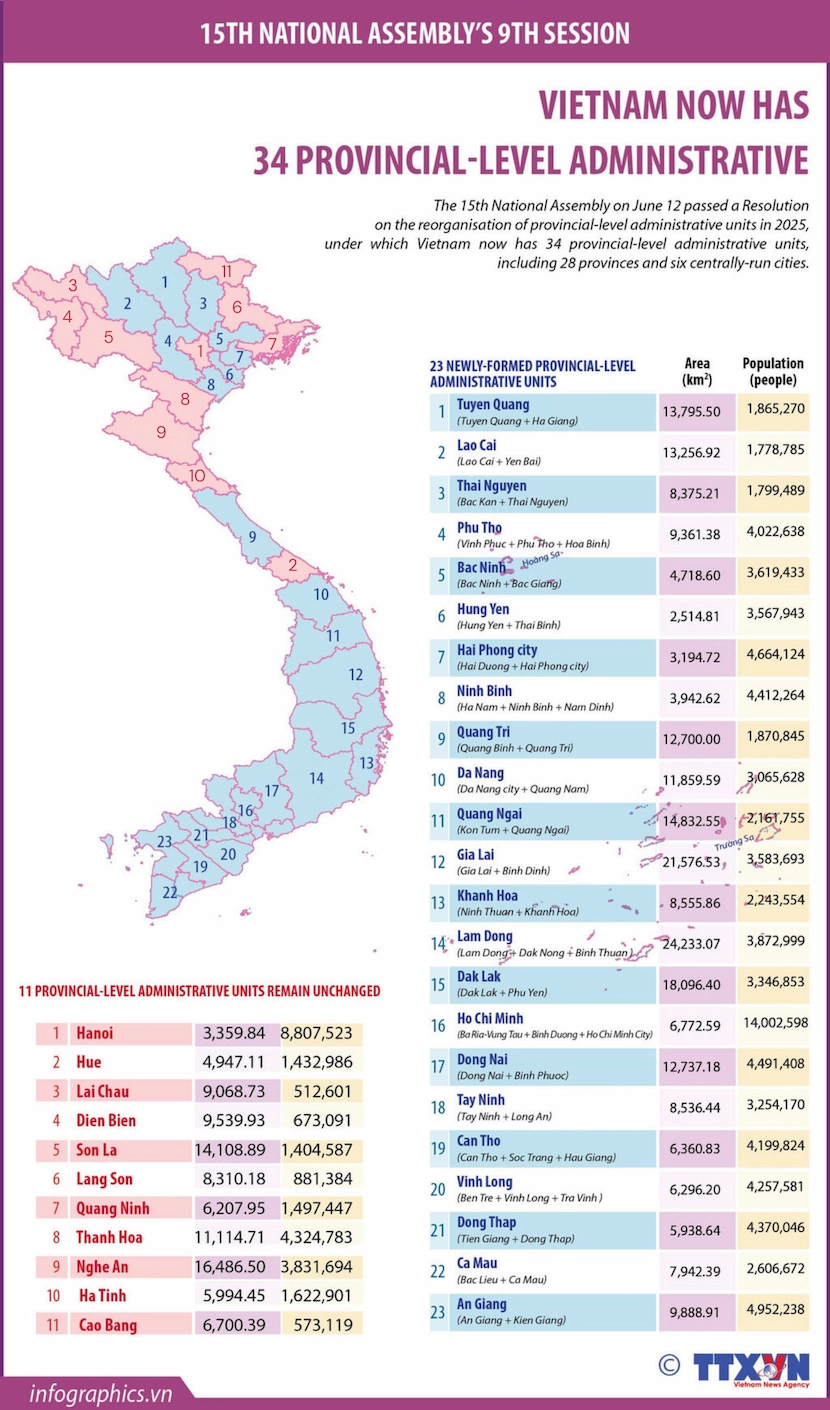
Vietnam’s new administrative map officially came into effect on July 1, 2025, following the government’s approval of Resolution No. 60-NQ/TW and Decision No. 759/QD-TTg. This reform represents the most extensive restructuring of local governance since reunification.
Under the new system, the country now consists of 34 provincial-level units, including 28 provinces and 6 centrally governed cities, alongside 9,907 commune-level units nationwide. The district level has been abolished entirely, leaving only two tiers of administration: provincial and commune.
While 11 provinces and cities, such as Hanoi, Hue, and Quang Ninh, remain unchanged, the other 52 have been consolidated into 23 new provincial-level units. This merger process has reshaped Vietnam’s administrative landscape, creating larger regions that are expected to function more efficiently and support stronger regional development.
For travelers, these adjustments mean familiar province names may no longer appear on official maps, travel guides, or road signage. Destinations that once belonged to smaller provinces may now fall under new boundaries, making it essential to plan trips with the updated administrative divisions in mind. Below is the breakdown of the key mergers and their implications for Vietnam travel 2025.
2. Why has this new administrative map of Vietnam
The decision to restructure Vietnam’s administrative map is not just a matter of redrawing borders. It reflects the government’s broader goals of modernising governance, strengthening connectivity, and creating conditions for sustainable development.
The key objectives behind the reform include:
- Streamlining administration: By reducing the number of provincial-level units and eliminating the district tier, the government aims to simplify decision-making and reduce bureaucracy.
- Boosting regional links: Larger provinces are expected to coordinate more effectively on infrastructure, transportation, and investment projects, fostering stronger regional growth.
- Enhancing economic efficiency: Mergers allow resources to be pooled and managed more strategically, helping to balance development between urban centres and rural areas.
- Supporting long-term planning: The new map is designed to better align with Vietnam’s socio-economic strategies, from industrial zones and tourism development to environmental management.
3. Full list of Vietnam’s new administrative map
# | New Province / City Name | Merged From | Administrative Capital | Top Travel Highlights |
1 | Tuyen Quang | Ha Giang + Tuyen Quang | Tuyen Quang City | Ha Giang Loop, Lung Cu Flag Tower, Tan Trao Relic Area |
2 | Lao Cai | Lao Cai + Yen Bai | Yen Bai City | Sapa, Ta Van Village, Mu Cang Chai, Fansipan Mountain, Terraced Rice Fields |
3 | Thai Nguyen | Bac Kan + Thai Nguyen | Thai Nguyen City | Ba Be Lake, Nui Coc Lake, Tea Plantations |
4 | Phu Tho | Phu Tho + Vinh Phuc + Hoa Binh | Viet Tri City | Hung Kings Temple, Tam Dao Mountains, Mai Chau Valley |
5 | Bac Ninh | Bac Ninh + Bac Giang | Bac Giang City | Dong Ho Paintings Village, But Thap Pagoda, Kinh Bac Cultural Land |
6 | Hung Yen | Hung Yen + Thai Binh | Hung Yen City | Nom Ancient Village, Keo Pagoda, Pho Hien Ancient Town, Red River Rice Lands |
7 | Hai Phong (City) | Hai Duong + Hai Phong | Hai Phong City | Cat Ba Island, Do Son Beach, Chi Lang Nam Stork Island |
8 | Ninh Binh | Ha Nam + Ninh Binh + Nam Dinh | Ninh Binh City | Van Long Nature Reserve, Trang An, Bai Dinh Pagoda, Tam Coc, Hoa Lu, Cuc Phuong National Park |
9 | Quang Tri | Quang Binh + Quang Tri | Dong Hoi City (Quang Binh) | Son Doong Cave, Phong Nha Cave, Phong Nha – Ke Bang National Park, Vinh Moc Tunnels, Parallel 17 |
10 | Da Nang (City) | Quang Nam + Da Nang | Da Nang City | Hoi An Ancient Town, Golden Bridge, My Son Sanctuary, Ba Na Hills |
11 | Quang Ngai | Kon Tum + Quang Ngai | Quang Ngai City | Sa Huynh Beach, My Khe Beach, Central Highlands |
12 | Gia Lai | Gia Lai + Binh Dinh | Quy Nhon City | Quy Nhon Beaches, Bien Ho Lake, Tay Son Historical Sites |
13 | Khanh Hoa | Khanh Hoa + Ninh Thuan | Nha Trang City | Nha Trang Bay, Vinh Hy Bay, Cham Towers, Phan Rang |
14 | Lam Dong | Lam Dong + Dak Nong + Binh Thuan | Da Lat City | Da Lat, Sand Dunes of Mui Ne, Pongour Waterfall, Ethnic Villages |
15 | Dak Lak | Dak Lak + Phu Yen | Buon Ma Thuot City | Dray Nur Waterfall, Buon Don, Tuy Hoa Beach, Whale Temples |
16 | Ho Chi Minh City (City) | HCMC + Binh Duong + Ba Ria – Vung Tau | Ho Chi Minh City | Cu Chi Tunnels, Ben Thanh Market, Long Hai Beach, Dai Nam Theme Park, Vung Tau |
17 | Dong Nai | Dong Nai + Binh Phuoc | Bien Hoa City | Cat Tien National Park, Tri An Lake, Spiritual Tourism |
18 | Tay Ninh | Tay Ninh + Long An | Tan An City (Long An) | Black Virgin Mountain, Cao Dai Temple |
19 | Can Tho (City) | Can Tho + Hau Giang + Soc Trang | Can Tho City | Cai Rang Floating Market, Khmer Temples, Southern Waterways |
20 | Vinh Long | Vinh Long + Ben Tre + Tra Vinh | Vinh Long City | An Binh Island, Coconut Gardens, Ao Ba Om Pond |
21 | Dong Thap | Dong Thap + Tien Giang | My Tho City | Sa Dec Flower Village, Gao Giong Eco-site, Floating Villages |
22 | Ca Mau | Ca Mau + Bac Lieu | Ca Mau City | Cape Ca Mau, Bird Gardens, Bac Lieu Prince House |
23 | An Giang | An Giang + Kien Giang | Rach Gia City | Phu Quoc Island, Ha Tien, Sam Mountain, Chau Doc |
24 | Ha Noi (City) | – | Ha Noi City | Hoan Kiem Lake, Old Quarter, Temple of Literature, West Lake |
25 | Hue (City) | – | Hue City | Imperial Citadel, Perfume River, Tombs of Emperors |
26 | Lai Chau | – | Lai Chau City | Sin Ho Plateau, Nam Nhun Hydropower, Pu Sam Cap Caves |
27 | Dien Bien | – | Dien Bien Phu City | A1 Hill, Dien Bien Battlefield, Muong Thanh Valley |
28 | Son La | – | Son La City | Moc Chau Plateau, Ngoc Chien Hot Springs, Dai Yem Waterfall |
29 | Lang Son | – | Lang Son City | Mau Son Mountain, Dong Dang Border Gate, Local Markets, Bac Son Valley |
30 | Quang Ninh | – | Halong City | Halong Bay, Yen Tu Mountain, Co To Island |
31 | Thanh Hoa | – | Thanh Hoa City | Pu Luong Nature Reserve, Lam Kinh, Sam Son Beach |
32 | Nghe An | – | Vinh City | Kim Lien Village (Uncle Ho’s hometown), Cua Lo Beach, Pu Mat National Park |
33 | Ha Tinh | – | Ha Tinh City | Thien Cam Beach, Dong Loc Junction, Ke Go Nature Reserve |
34 | Cao Bang | – | Cao Bang City | Ban Gioc Waterfall, Nguom Ngao Cave, Pac Bo Historical Site |
4. How the Vietnam Mergers Affect Travel in 2025
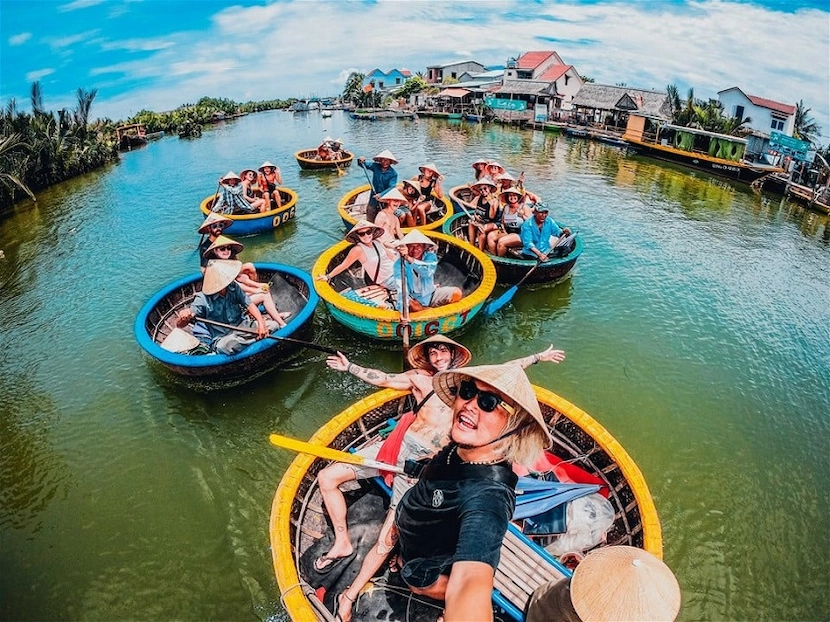
For most travelers, the administrative changes of 2025 will not alter the beauty of Vietnam’s landscapes or the warmth of its culture. However, the new map does affect how you plan, navigate, and understand your journey.
Updated names and boundaries on maps
Popular destinations may now belong to newly merged provinces with unfamiliar names. For example, areas that once stood as independent provinces may now be listed under a larger administrative unit, so travelers should check updated maps, guidebooks, and booking platforms to avoid confusion.
Travel logistics and infrastructure
With larger provinces and simplified governance, regional infrastructure projects — such as highways, airports, and railway connections — are expected to be better coordinated. This may improve long-distance travel, making it easier to move between regions.
Tourism branding and promotion
Some destinations may be marketed differently under their new provincial identities. A city once tied to a small province could now be promoted as part of a larger tourism region, giving travelers more diverse options in a single itinerary.
Local administration and services
Travelers dealing with local permits, tours, or services may encounter new administrative terms. Understanding the correct province or city name will help avoid confusion when booking accommodations, arranging transport, or applying for local documentation.
Vietnam’s 2025 administrative reform marks a turning point in the country’s governance, reducing provincial-level units from 63 to 34 and reshaping the nation’s map for decades to come. While the changes are primarily aimed at improving efficiency, regional connectivity, and economic growth, they also redefine the way travelers interact with Vietnam’s geography.
Whether you are exploring the vibrant streets of Hanoi, planning a journey through the Central Highlands, or heading south to Ho Chi Minh City, knowing the updated provincial divisions will help you navigate more confidently and avoid confusion. Hence, you can ensure your Vietnam travel plans in 2025 and beyond are smooth, accurate, and enriched with a deeper perspective on the country’s evolving identity.
Don't hesitate to contact IZITOUR's travel expert team if you have any questions about Vietnam tours!
- E-mail: [email protected]
- WhatsApp: + 84 382 536 266
Discover the best-selling Vietnam tours with prices
Read more:
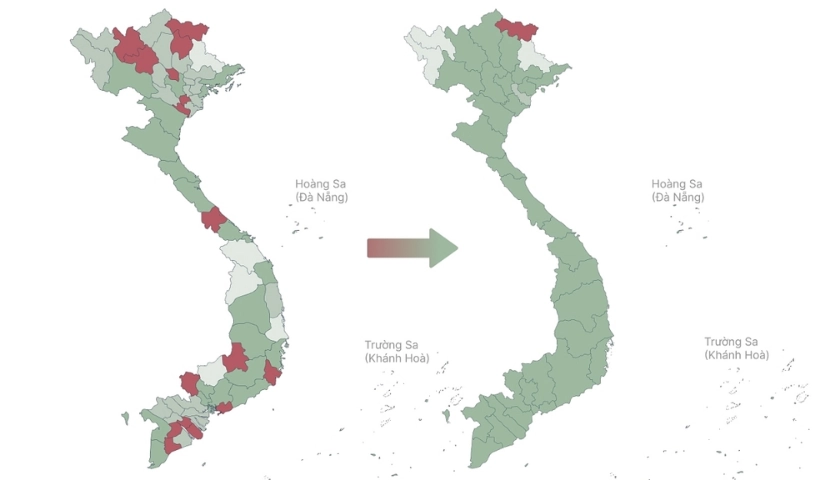











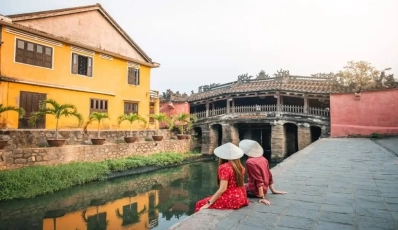

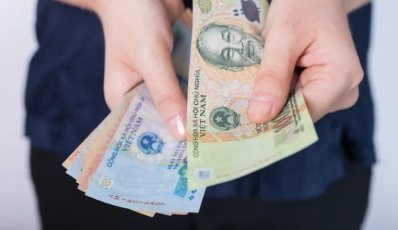
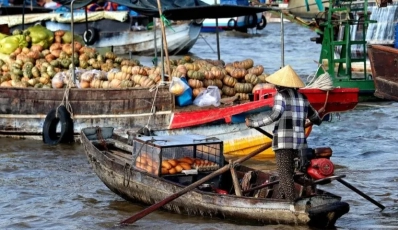
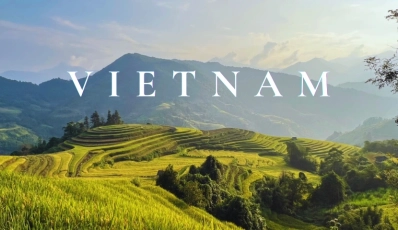

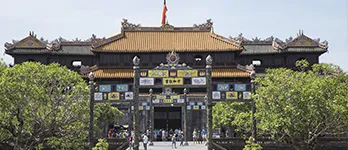
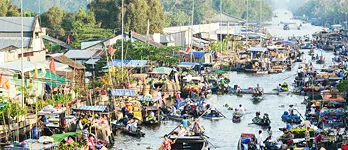

 TRAVELERS' CHOICE 2025
TRAVELERS' CHOICE 2025 